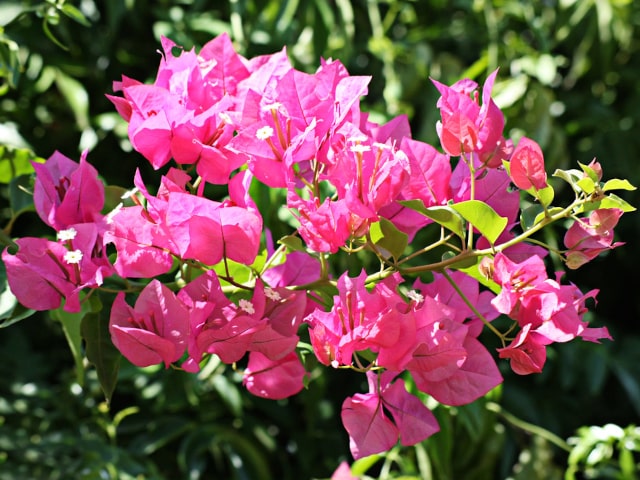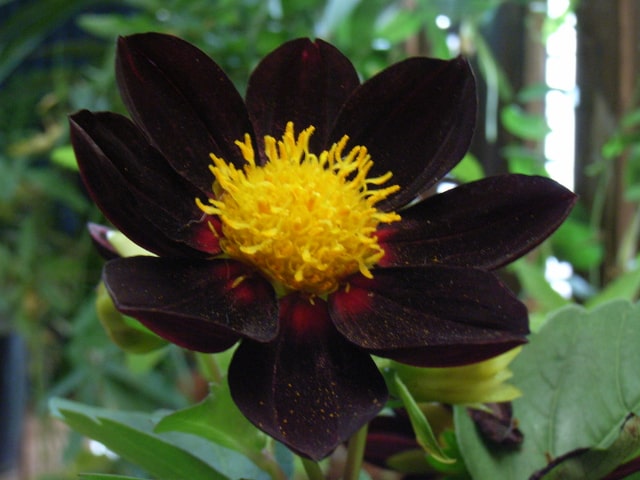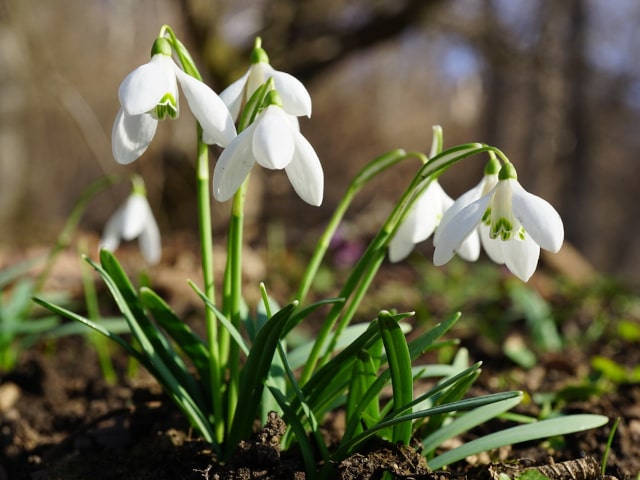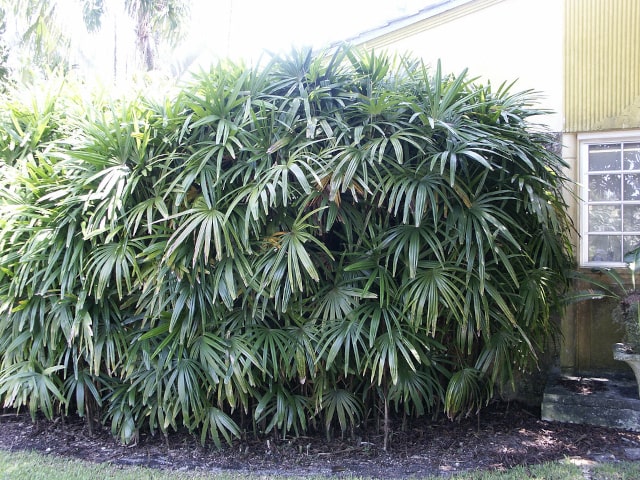
Bougainvillea plants are popular, colorful plants you can grow in your home or garden. They are particularly great for spring and summer and you can use them to have a very colorful patio or deck in your backyard.
These are probably the most popular and widely used tropical vines you can grow in your home or yard.
In order to grow these plants successfully, it's important to know all about the light, water, soil and other requirements "Bougs" need to thrive.
Basic Information
Bougainvillea plants are native to Brazil. French botanist Philibert Commerson discovered them in the 1760s. He found this colorful vining plant and he named it after his captain and friend, Louis A. the Bougainville. Bougainville was a famous lawyer, mathematician, and explorer from Canada. It's important to note that many people misspell the name of the plant so they refer to it as bouganvilla. If you search for information on this plant online, you should always try this different spelling because the misspelling is common.
Bougainvillea plants have cascading, spiny stems ending with colorful bracts. The bracts come in many bright colors: red, orange, purple, and many other shades. The bracts shield tiny white, inconspicuous flowers.
You may use Bougainvillea plants in many different ways. Some of the most common ways include hanging baskets, 1-3 gallon pots with plants sheared either as bush, staked or trellised. You may also train them as a tree - standard.
Bougs are summer annual in the North, while in the South, they are often grown as a hedge, groundcover, standard, cascading planter plant or trellis.
Water Requirements
In order to make your Bougs thrive, it's important to keep containers moist but also well-drained. Never let your Bougainvillea plants sit in water. It's important to remember that you should not use saucers under the pots.
A healthy, container plant will typically drink a lot of water during the warm months of the year. This is normal. During the cooler months the water requirements will decrease, so you should offer less water to them. You should also use less water when you bring your Bougainvillea plant indoors for winter.
It's important to know that individual watering requirements of your Bougs will depend on various factors. Proper watering is needed for plant care and blooming of your Bougs. Watering requirements mostly depend on:
- Root System
- Soil Type
- Size of the Plant
- Air Temperature
It's important to never water your Boughs "just because". It's important to inspect your plants on a regular basis and learn when they are close to wilting. Then, and only then, you should water them. Give them a good, through soaking. It's important to water your Bougs just before they reach the wilt stage. It requires a bit of practice, but you will be able to learn to recognize it and know when to apply watering. Also, remember that your plants need more water in the summer and they will use up the water quickly during the warm months, so it's important to inspect them regularly.
Other Requirements
Here are other requirements Bougainvillea plants need to thrive.
- Soil: Bougainvillea plants are tolerant of almost any soil type, as long as it's fertile and well-drained. You may use soils that work for other plants and your "Bougs" will probably like it. Many gardeners choose a well-drained soil for these plants, but it's also important to let the plant dry out between waterings.
- Sunlight: to achieve the best results, it's important to place your plants in full sun. You should give them at least 5 hours a day of full sun minimum if you want rich blooming. Remember, this is a minimum: more sunlight is better. If you give them less than 5 hours of full sun it will result in poor blooming. Bougs can be kept in a partial or even full shade, but they won't have a nice growth and blooms. This is why you need to understand that your Bougs won't bloom indoors. That's why it's best to keep them outdoors, for maximum sun exposure. In case you do get some flowering indoors, it's a bonus, but it should not be expected.
- Temperature: Bougainvillea plants are relatively hardy, but they do need certain optimal temperatures to thrive. They will thrive throughout the South but the new growth has a risk of being damaged. The best temperatures for these plants are warm days and cool nights: around 70-85 degrees F at day and 60-70 degrees F during night. If there is a light frost, it won't really kill the plant, but it will get damaged: all the leaves and bracts will fall off. In case this happens, don't worry: your plant will likely regrow if it's not exposed to more frosts for a long period of time.
- Fertilizer: for the best results, it's important to use fertilizer, especially for mature plants. They require frequent fertilization. It's best to use a fertilizer high in phosphorus with micronutrients and added magnesium and iron. You may use bot slow or timed release fertilizers, but make sure to always follow the fertilizer label for recommended dosage. It's best to give to your Bougs a small but constant amount of nutrients. Remember to never apply fertilizer to dry soil and never over-fertilize: less is more.
One thing to remember about Bougainvillea plants is that they don't really like the change. It's important to keep this in mind when you go to purchase your Boug. Any shipping longer than 2 days may result in some leaf drop or even complete defoliation. Don't panic: to make the plant feel better, give it a good drink and it will regrow its foliage in 3 to 4 weeks. It will also flower without a problem.
Common Pests and Diseases
There are some common pests you need to watch out for. Your Bougs can develop leaf spots in case the soil or foliage stays too wet, especially in cool weather. This is another reason why you need to be careful about watering and never over-water your plants.
Common pests Bougainvillea plants have are mites, caterpillars and aphids. To get rid of them, you need to apply a specialized remedy. It's best to contact your local garden center for the advice on how to get rid of pests. Whatever remedy you may wish to apply, don't forget to read the label and follow instructions carefully.
Photo credit: Ava Babili




1 Comments
I should read your article when I planted mine. The question I have is now that I have mature 3 year old Bougainvillea plant that was when we bought the plant, actually was 3 in one pot. Without separating them, we planted them together in one hole. Is possible to separate them now into 3 plants? If yes, when is the best time in the year to do so? What we need to do?
Thank you so much:)